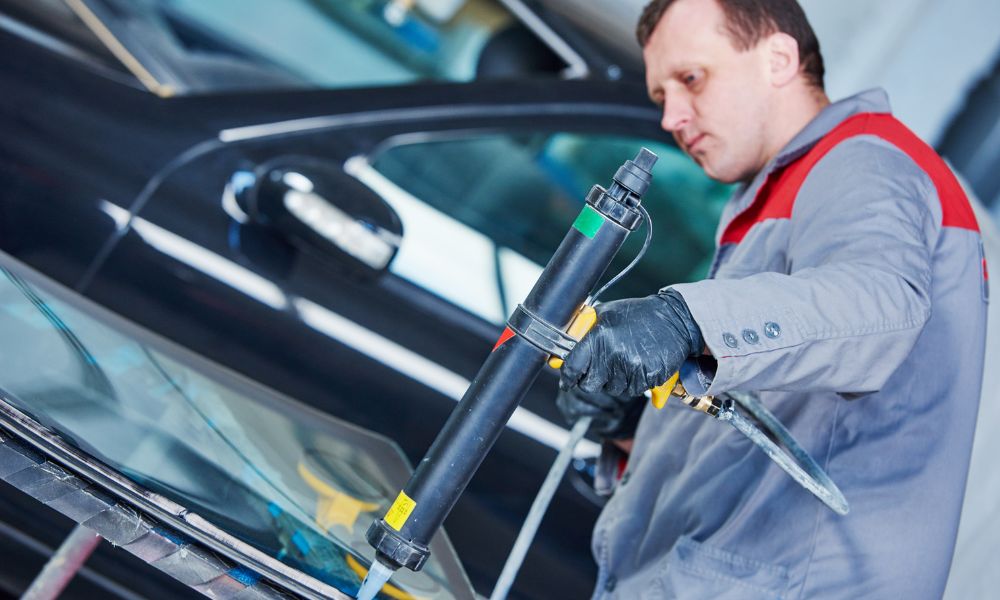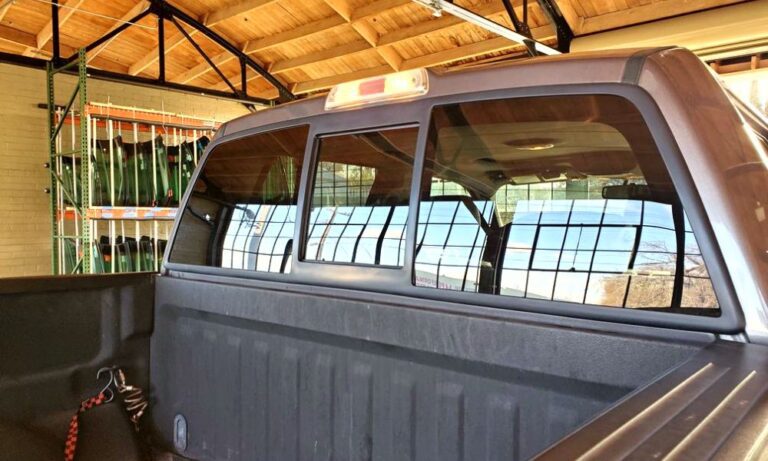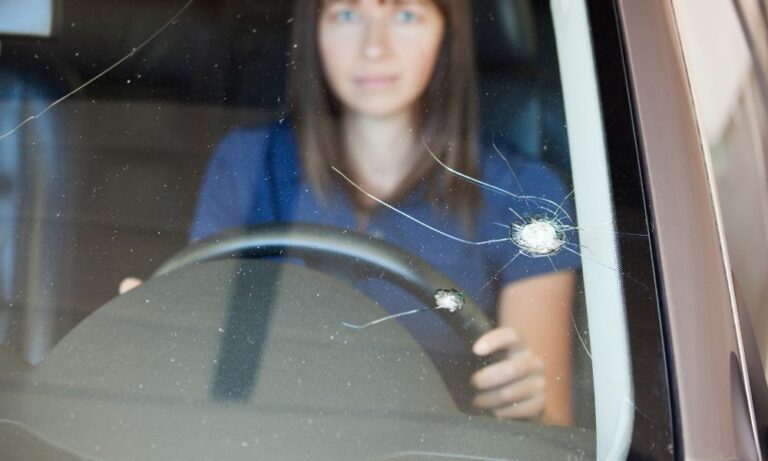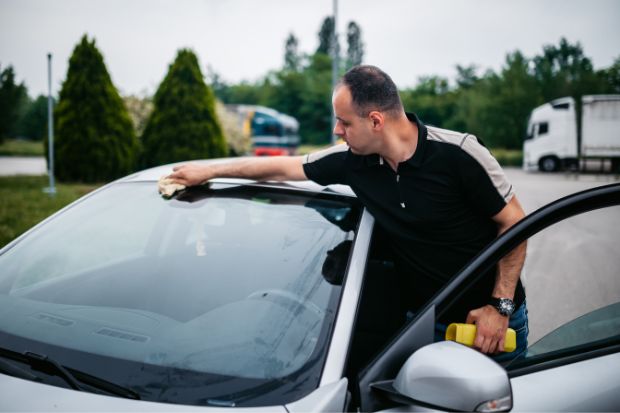A Complete Guide to Truck Slider Windows When you hear...
How Is Windshield Glass Designed For Safety?

The windscreen serves a variety of purposes. The windscreen serves a lot more purposes than just blocking out dust and debris, despite what you would believe about the purpose of a car or SUV’s window glass. In actuality, passengers in particular are protected by the manufacturing and design of the windscreen glass.
You must be aware that waiting too long to fix a cracked auto glass can be risky. Get in touch with a professional auto glass business that has a reputation for providing high-quality auto glass installation and auto window replacement as soon as you notice any form of damage to the windscreen. Never dismiss something just because it seems like a minor flaw.
Since the windscreen is made with safety in mind, you should have the chip or crack in it repaired as soon as you can so that you can drive on the road with the appropriate level of safety. Modern automobiles and SUVs are built with the safety of the occupants in mind. A key element that adds to your safety when driving on the road is the windscreen.
Do you know how windscreen glass differs from regular glass, though? We’ll talk about how windscreen glasses are made and created in this article to keep drivers and passengers safe.
Windshields are made differently
You might assume that the glass used in your home’s windows is the same whether you take your car or SUV in for automotive glass repair or auto windscreen replacement. However, windscreen glasses are completely distinct from conventional glass in terms of their form, attributes, and use.
Windscreen glass is made of entirely distinct materials. Regular or basic glasses have a special safety design. The most crucial function of a windscreen, however, is to protect the driver and occupants of a car in the event of a crash, collision, or rollover. The innovative production method has produced windscreen glass that is not only tough and long-lasting but also created to reduce the risk of glass injuries.
Cullet, limestone, dolomite, soda ash, and other essential materials are utilized in the production of car windscreen glass. These factors work together to provide glass with both excellent durability and a lower melting point. A vinyl layer sits in between the two layers of glass that make up a car or SUV’s front windscreen. The windscreen is extremely robust since the two layers of the glasses bond with one another. Lamination is the method used to perform the fusion. This is how auto glasses develop into a vital part of the vehicle’s overall safety system.
Different types of car windscreen glass shatter
Since windscreen glass is not regular glass, it also breaks differently from other types of glass. Regular glass breaks into many sharp shards that can inflict lethal wounds. When a windscreen breaks, the situation is different. If a windscreen glass cracks, it will either remain intact after shattering or it will shatter into harmless, little, blunt fragments. Windshield glass is created and manufactured exactly in this manner.
Why was windscreen glass produced in this manner? The auto glass might shatter during a collision, injuring the driver and other occupants. Large, sharp glass fragments have the potential to kill or severely injure someone. The glass fragments, however, are less sharp when a windscreen breaks. Most importantly, there is extremely little likelihood that the windscreen glass will shatter completely. The windscreen protects you from potentially catastrophic injuries caused by broken glass in auto accidents, which ultimately saves your life. The car frame receives support from the windshield’s strength, maintaining structural integrity.
The front windshield’s laminated glass is not only incredibly strong but also very impact resistant. Even under extreme force, the glass won’t break into fragments thanks to its distinctive shape.
To know the types of windshield glass, read this article.
How are car windshields manufactured?
The manufacturing technique used to create auto windscreen glass is sophisticated and well-established.
All of the necessary raw materials are first measured out and thoroughly combined to prevent the components from separating. Then, all the raw components are properly melted using the float glass technique. On the one hand, the molten glass is shaped properly by being flattened. The glass, on the other hand, is free of all contaminants. Glass is sent to a furnace once it has reached the desired hardness. The glass is then gradually chilled. After the glass has cooled, cutting and tempering can start because it is now sufficiently tough.
The glass is then cut into the necessary forms. The procedure used to accomplish this is automatic. To measure the glass pieces with extreme precision, optoelectronic equipment and cameras are used. The glass is then “tempered,” or made harder, after being given the necessary shape.
After the glass has been tempered, the lamination process begins. Laminated glass is produced in this stage. Using a PVB layer as the middle layer, two sheets of glass are taken and fused together. The plastic layer serves as the adhesive that connects the two glass layers. In order to successfully finish the lamination process, both heat and pressure are necessary. UV rays are filtered using the plastic interlayer that is sandwiched between the glass sheets. The resulting laminated glass can then be cut and drilled again as necessary. Lamination completes the process of fabricating windscreen glass. Installing the glass in automobiles, trucks, SUVs, and other vehicles is now possible. To produce premium windscreen glasses, it is necessary to adhere to strict quality control standards.
Also read: A Guide to Windshield Maintenance
Call a Professional
If you have any queries about your windshield, whether front or rear, kindly contact GlassFixit for the same. We are here to help.
Popular Searches
Audi Windshield Replacement in Santa Clara County
Auto Car Window Tinting in Santa Clara County
Auto Glass Repair and Replacement in Santa Clara County
Auto Glass Repair in Santa Clara County
BMW Windshield Chip Repair in Santa Clara County
BMW Windshield Repair and Replacement Services in Santa Clara County
Car Window Repair in santa clara
Car Window Repair in Santa Clara County
Commercial truck windshield replacement
Dodge Windshield Repair and Replacement Services in Santa Clara County
Dodge Windshield Replacement in Santa Clara County
Glass repairs for cars near me
Honda pilot windshield replacement cost
Honda Windshield Repair and Replacement Services in Santa Clara County
Honda Windshield Replacement in Santa Clara County
Hyundai Tucson windshield replacement
Hyundai Windshield Repair and Replacement Services in Santa Clara County
Hyundai Windshield Replacement in Santa Clara County
Jeep Windshield Repair and Replacement Services in Santa Clara County
Jeep Wrangler Windshield Replacement in Santa Clara County
Kia Windshield Repair and Replacement Services in Santa Clara County
Kia Windshield Replacement in Santa Clara County
Mobile Auto Glass in Santa Clara County
Mobile Auto Glass Repair in Santa Clara County
Mobile glass replacement near me
Same day windshield repair near me
Toyota Camry side mirror glass replacement
Windshield Calibration in Santa Clara County
Windshield Chip Repair in Santa Clara County
Windshield chip repair near me
Windshield Repair and Replacement Services in Santa Clara County
Windshield Repair and Replacement Services Near Me
Windshield Repair in Santa Clara County
Windshield repair service near me
Windshield Replacement Near Me
Windshield Replacement Services in Santa Clara County
Read more Articles
Why Are There Scratches On My Windshield?
Why Are There Scratches On My Windshield? Windshield scratches can...



